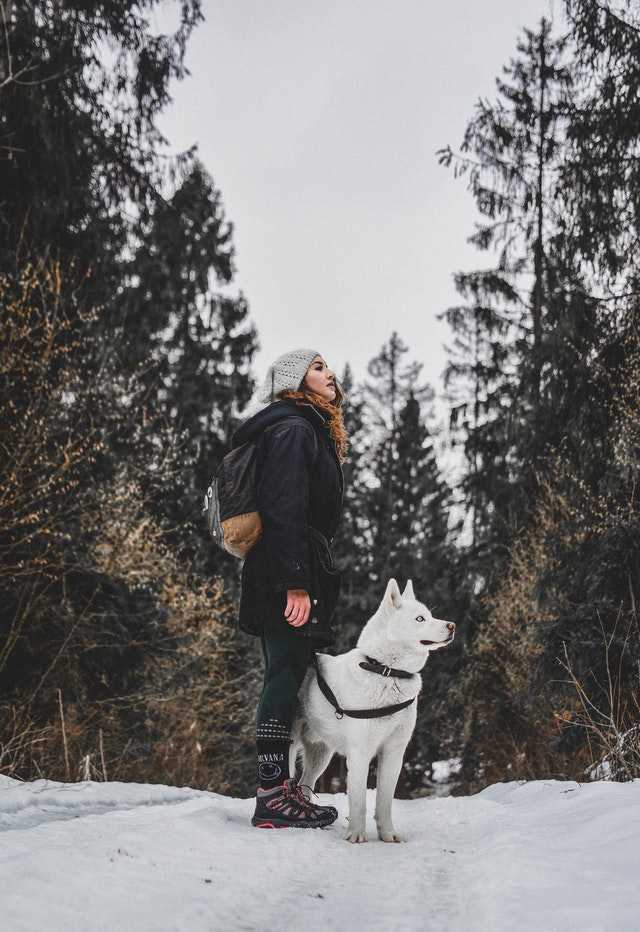Step In Training Your Dog To Be A Security Dog

For several years, dogs have been used to provide protection in people's homes. Finding a loyal friend to keep your home healthy can be the most enjoyable thing you can do.
Your dog does not have to be a specific breed to qualify as a protection dog. With the right security dog training, you can always give your dog the right characteristics.
Dogs with a calm demeanor around young children and the ability to maintain control in high-stress environments are also the perfect choice for keeping your home safe.
The key reason why most dog owners keep their dogs is to provide protection for their families.
As a result, it is important that these pet owners understand that security training is not something that can be learned overnight.
.jpg)
Guidelines for training your dog
If you want to use your dog to protect your home from intruders, start with these simple guidelines:
1. From the moment the dog is a puppy, it is important that you are seen as the "master."
It is important that the dog recognizes your authority over them; otherwise, you will not be able to train the animal into a security dog.
It's practically impossible to begin your security dog training with an older dog who has no regard for you or anyone else.
2. Once you start working with a puppy, it's much easier to 'add-on' commands to the standard set of commands.
The impact of your protection dog training is greatly enhanced by building on these foundational elements of dog training.
3. Your dog must be able to understand and obey the command 'come.' Without this fundamental command, the dog will be unable to learn new commands and will become easily distracted.
.jpg)
4. A distinct voice is needed for all dog training, so spend some time practicing your speech, volume, and pitch and seeing how it affects your dog.
Select the most competent voice and use it regularly.
5. In Security Dog Training, as in many other areas of dog training, positive reinforcement is important.
Many dog owners make the error of associating failure with negative reinforcement, such as physical punishment. This can result in an excessively aggressive dog in security dog training, which can only cause further problems.
6. Your dog must be able to understand and follow the order "stop." "Surely in the situation of someone breaking into my house, I won't want to get my dog to stop?" you ask.
That's wrong. Getting your dog to stop and lay down, regardless of what they're stopping to do, is a crucial skill in teaching your dog to be a reliable security guard.
The golden command is 'Stop,' and that is the true symbol of dog obedience.
.jpg)
7. How many times have you been screamed at while walking past someone's house unintentionally?
The order 'No bark' must be understood and followed by your dog.
Surely an efficient guard dog is one that never stops barking in order to warn as many people as possible about a break-in into my home?" you might think.
Although this is normal, training your dog to recognize the distinctions between regular visitors to your home and offenders is difficult.
Impatience
In dog training, there can be a lot of anger. Concepts that we think dogs should be able to understand quickly, sometimes elude them for a long time.
We live in a world where instant gratification is the rule.
We learn to expect immediate, expected responses in exchange for our actions.
Dog training goes against the new cultural pattern of instant gratification. Training is a lengthy process that necessitates a lot of patience on the part of the teacher.
Impatience leads to unpredictability on the part of the owner, who can suddenly end a training session or abandon positive reinforcement strategies in search of a fast fix.
Impatience results in unpredictability on the part of the owner as they hastily cease a training session or abandon positive reinforcement techniques in hopes of finding a shortcut to desired results.
Patience is, indeed, a virtue when one considers the role of the owner in a dog training situation.
When it comes to the role of the trainer in a dog training situation, patience is a virtue.
.jpg)
Throughout the lengthy process of dog training, a good trainer can master developing a patient attitude.
So there you have it: some important considerations keep in mind when determining whether or not to train your dog as a security dog.
If you start security dog training with an adult dog, the obstacles will be greater, but you will still be able to achieve the desired results, it will just take longer.
Better still, begin security dog training as soon as your puppy joins your family and protects your home with a law-abiding security dog.
For several years, dogs have been used as a protective measure in people's homes, and with good reason.
Finding a loyal friend to keep your home healthy can be the most enjoyable thing you can do.
Author Bio
This user has not submitted a user bio yet
Article Comments
No Comments!
At present there are zero comments on this article.
Why not be the first to make a comment?
Similar Articles
Sponsor
Search Articles
Experts Column
Latest Articles
Featured Articles
Most Popular Articles












